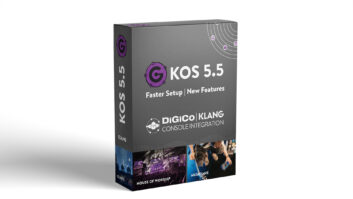Basking Ridge,
N.J. – Verizon Wireless will launch its 4G network in 38 major markets on
Sunday, when it will begin selling a $99.99 3G/4G USB modem through its stores
and other direct channels.
Sales of USM
modems through indirect distribution channels “will follow,” said senior VP/chief
technical officer Tony Melone.
The carrier has
already launched ads to promote the technology, which uses the Long Term
Evolution (LTE) standard in the 700MHz band.
The 38 launch
markets, which were
, reach about a third of the U.S. population, or about 110 million
people, who will benefit from what Melone described as “a quantum generational
step up” from current 3G service.
Verizon’s launch
modem is LG’s VL600, which will be followed “soon after” by Pantech’s UML290,
also at $99.99. The prices are contingent on a two-year service agreement and come
after $50 rebate. Additional USB modems will follow “in weeks” of the Pantech
launch, and 3G/4G-equipped cellphones will arrive “by” mid-2011, Melone said.
Details about the coming 3G/4G cellphones and other connected devices will be
announced at International CES.
The USB modems are
bundled with one of two data plans, one of which is priced at $10 less per
month than a 3G plan to incentive consumers to make the switch, Melone said. That
4G plan costs $50/month for 5GB of data, with each 1GB of data above that
costing $10. In contrast, one of Verizon’s current 3G data plans for USB modems
costs $60/month for 5GB of data.
The second 4G plan
available at launch costs $80/month for 10GB, also with a $10 charge for each 1GB
over that amount. Most 4G users will opt for this plan, Melone forecast.
Though prepaid
carrier MetroPCS has already launched LTE in six markets, Melone boasted that
the scale of Verizon’s planned expansion will “kick start the ecosystem” for
LTE-enabled devices. He likened the boost that Verizon will give to LTE to the
boost that Verizon gave the Android smartphone OS. “Android really took off
when Verizon got behind Android,” he said.
For now, Verizon
doesn’t plan to migrate circuit-switched voice calls to voice over data, eliminating
the need for separate voice and data plans. But the carrier does plan to do so
once its 4G network is broad enough to make it practical. The network will be
broad enough in late 2012 or early 2013, he said.
By the end of
2013, added Dan Mead, Verizon Wireless president/CEO, the LTE network “will reach
the existing Verizon Wireless 3G coverage area.”
As for
performance, Melone reiterated that in a fully loaded network, consumers will
enjoy speeds that are 10 times greater than what they get over Verizon’s 3G
network. That means downlink speeds ranging from 5Mbps to 12Mbps and uplink
speeds ranging from 2Mbps to 5Mbps. The first consumers to get on the network
initially will enjoy faster speeds because the network will be far from loaded.
As consumers
migrate to 4G from 3G, Verizon’s 3G network will enjoy more “headroom” that
will increase users’ throughput, Melone added.
Pointing to
potential entertainment applications, Melone noted that LTE latency “almost
mirrors” that of a wired broadband connection and in some cases does mirror
wired broadband latency. Latency, he said, “is important to VoIP and gaming.”













